- Newest
- Most viewed
Interested in a Link Placement?
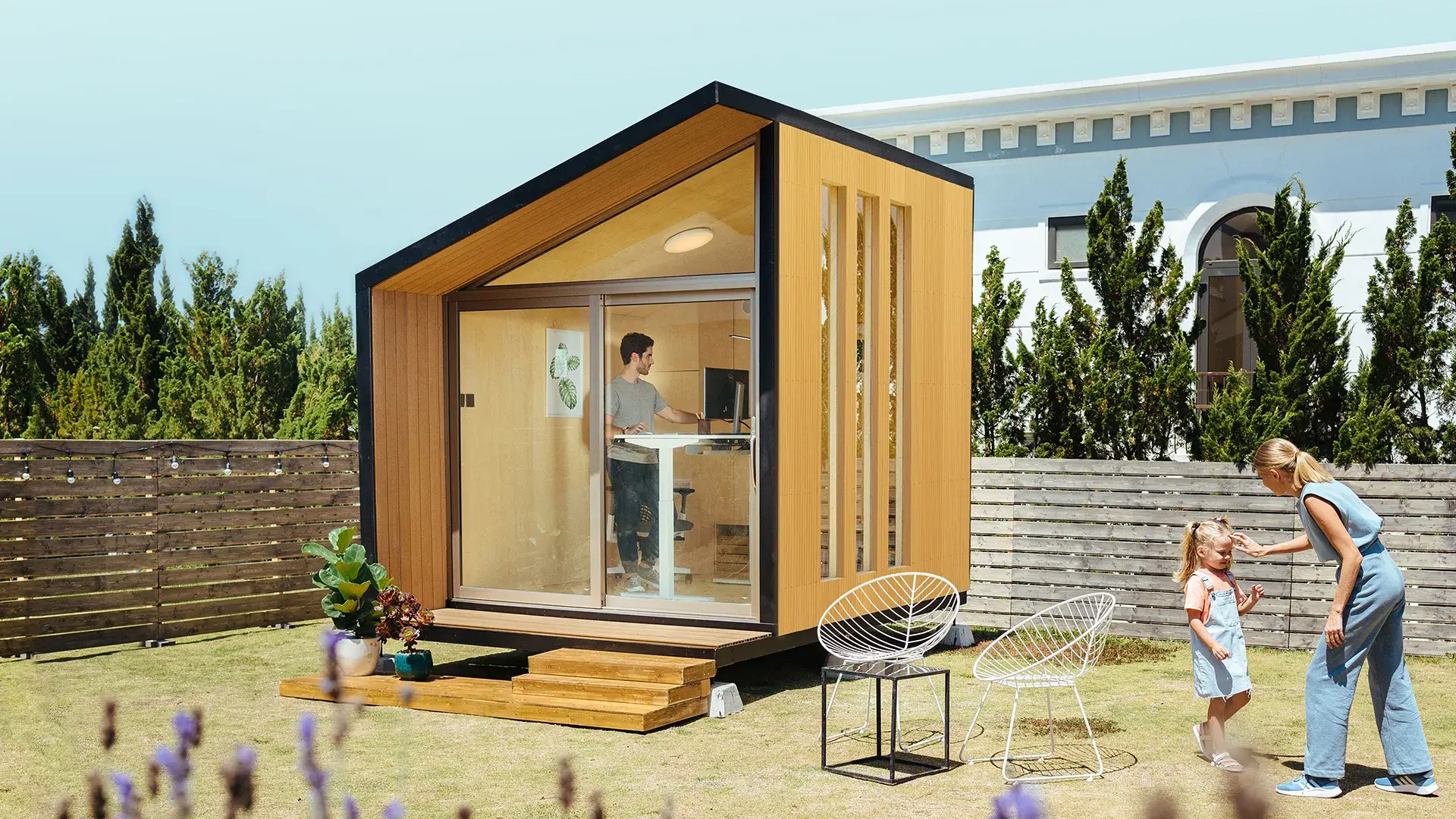
Best New Year Gifts for Family to Ring in 2026 Together
Celebrate with the best New Year gifts for family. Gourmet food baskets, champagne pairings, and creative ideas that make midnight toasts more special.
Latest Updates | Dec 18, 2025 309 views

10 Best Last Minute Christmas Gifts That Don’t Feel Rushed
Latest Updates | Dec 18, 2025 124 views
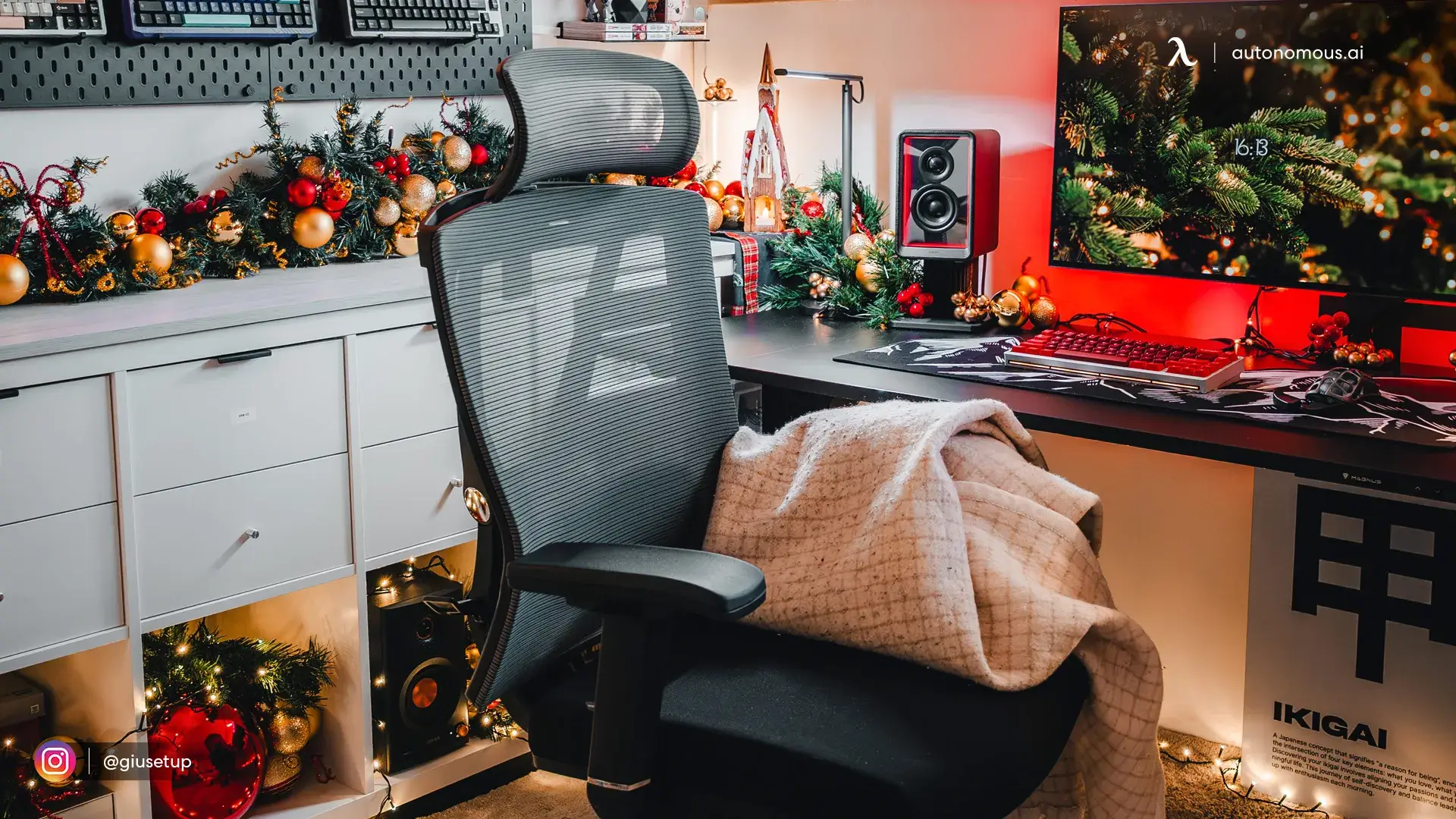
Christmas Gift Meaning and Why We Exchange Gifts at Christmas
Latest Updates | Dec 18, 2025 882 views

20 Best New Year Gifts for Your Boss Who Has Everything
Latest Updates | Dec 17, 2025 590 views

Best Christmas Gift Cards for Easy Gifting
Latest Updates | Dec 12, 2025 444 views

GeForce RTX 5080 Review: Gaming, Ray Tracing & Creator Power
Gaming Setup | Dec 17, 2025 611 views

OnePlus 13 Review: Is It Worth the Price in 2025?
Dec 16, 2025 814 views
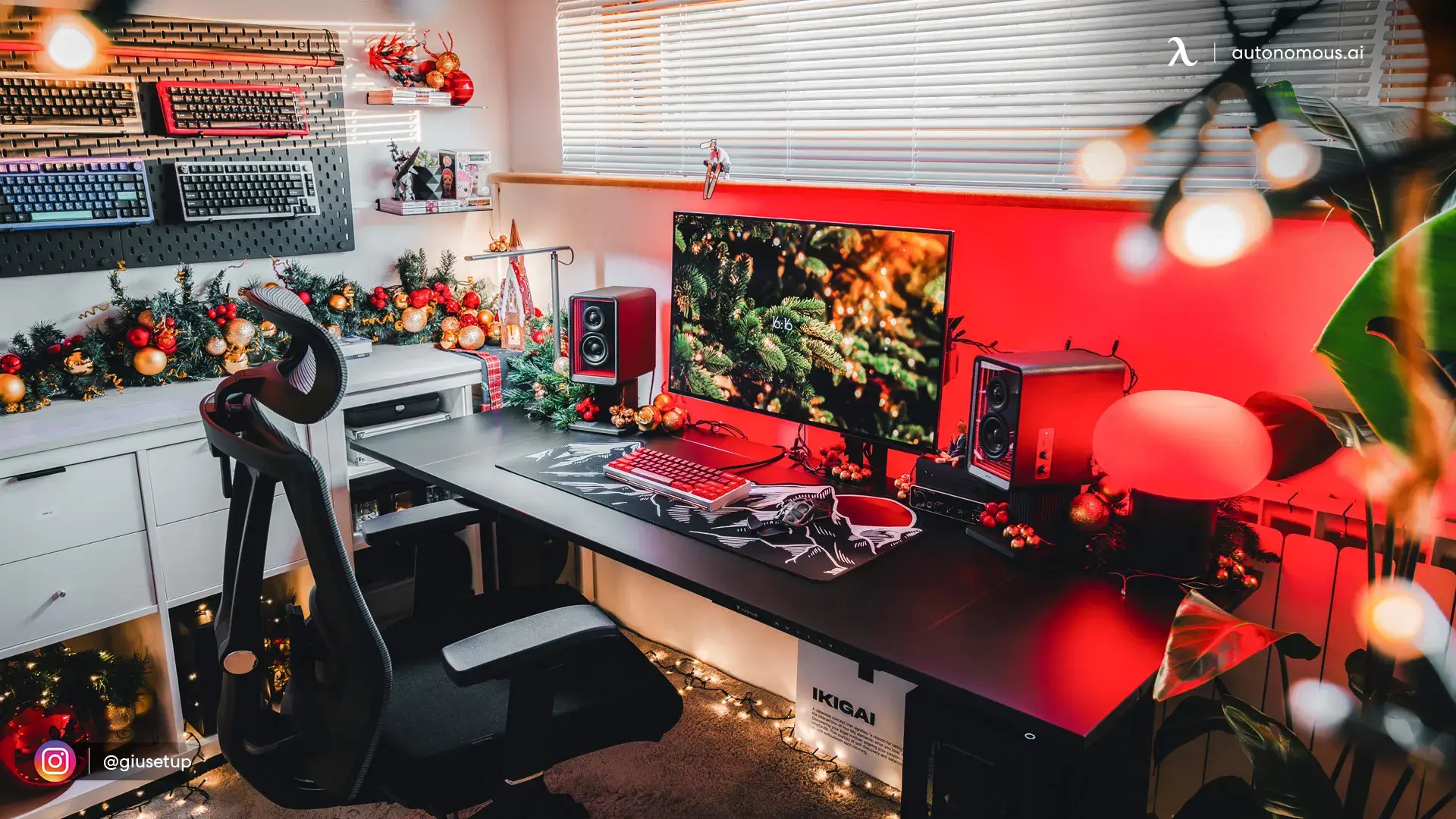
20 Personalized Christmas Gifts That Actually Feel Special
Latest Updates | Dec 15, 2025 762 views
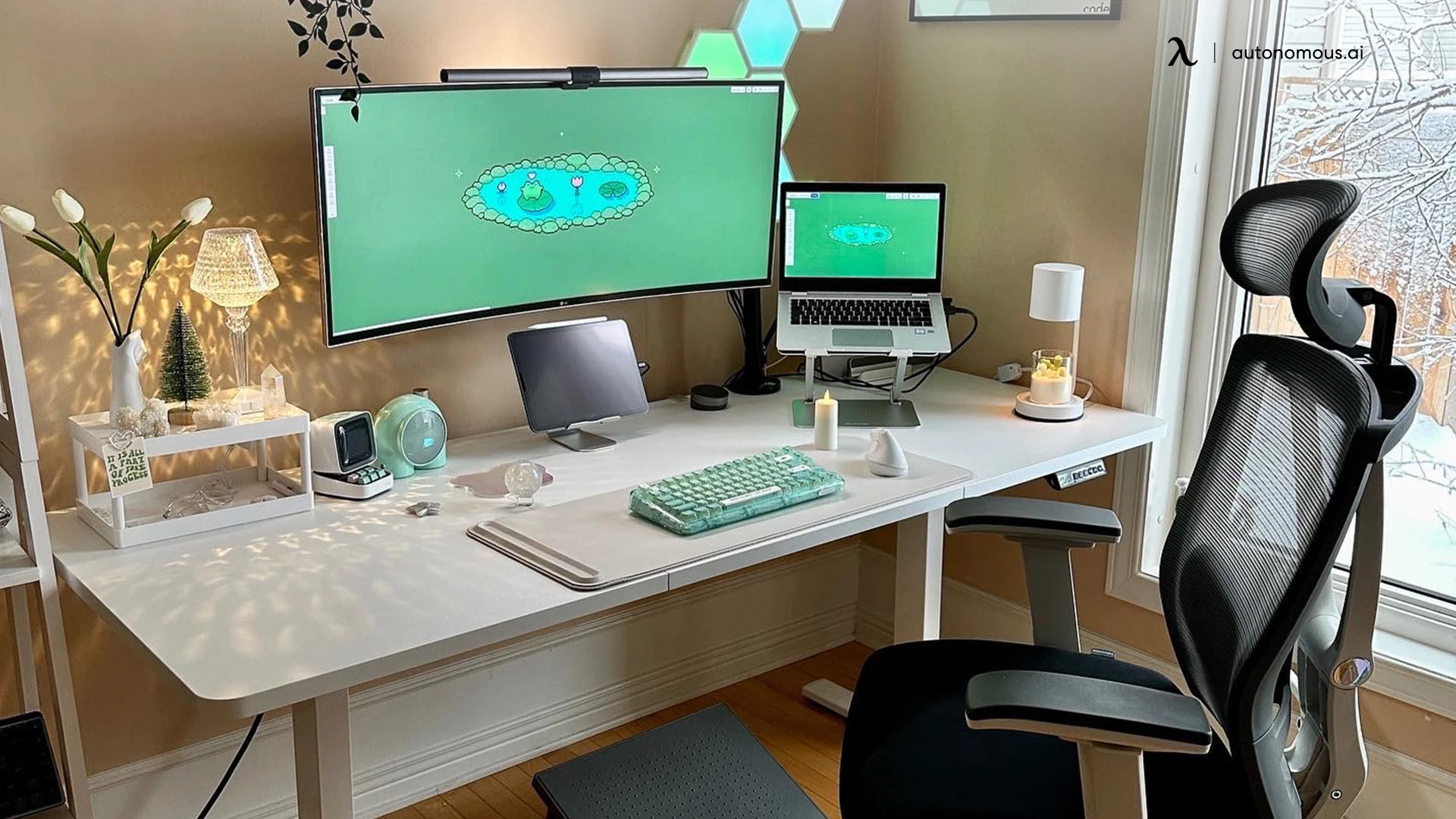
Best Christmas Apple Deals on iPhones, iPads & More
Latest Updates | Dec 11, 2025 429 views
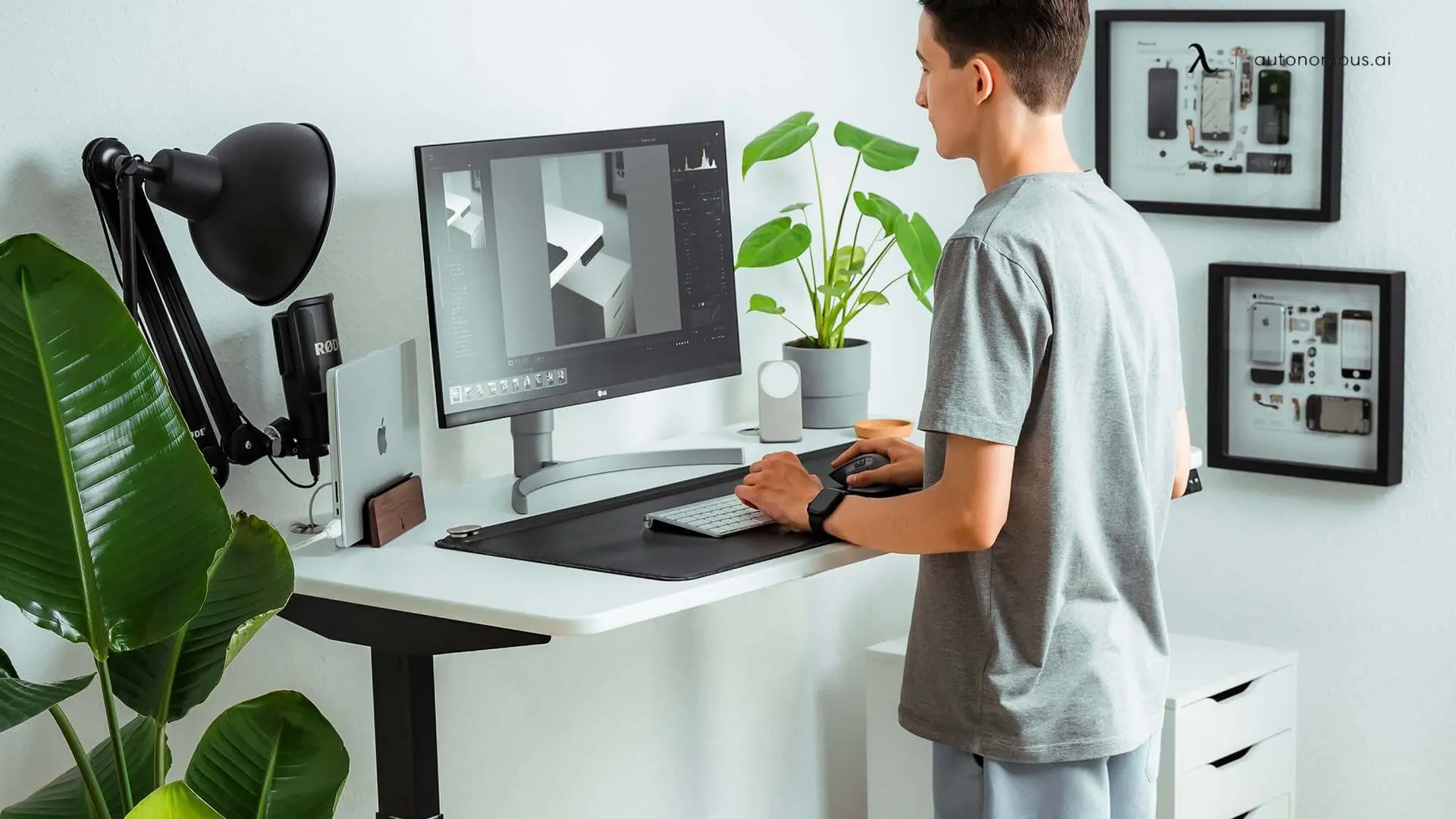
Apple Watch Series 11 Review: Should You Upgrade?
Latest Updates | Dec 10, 2025 281 views
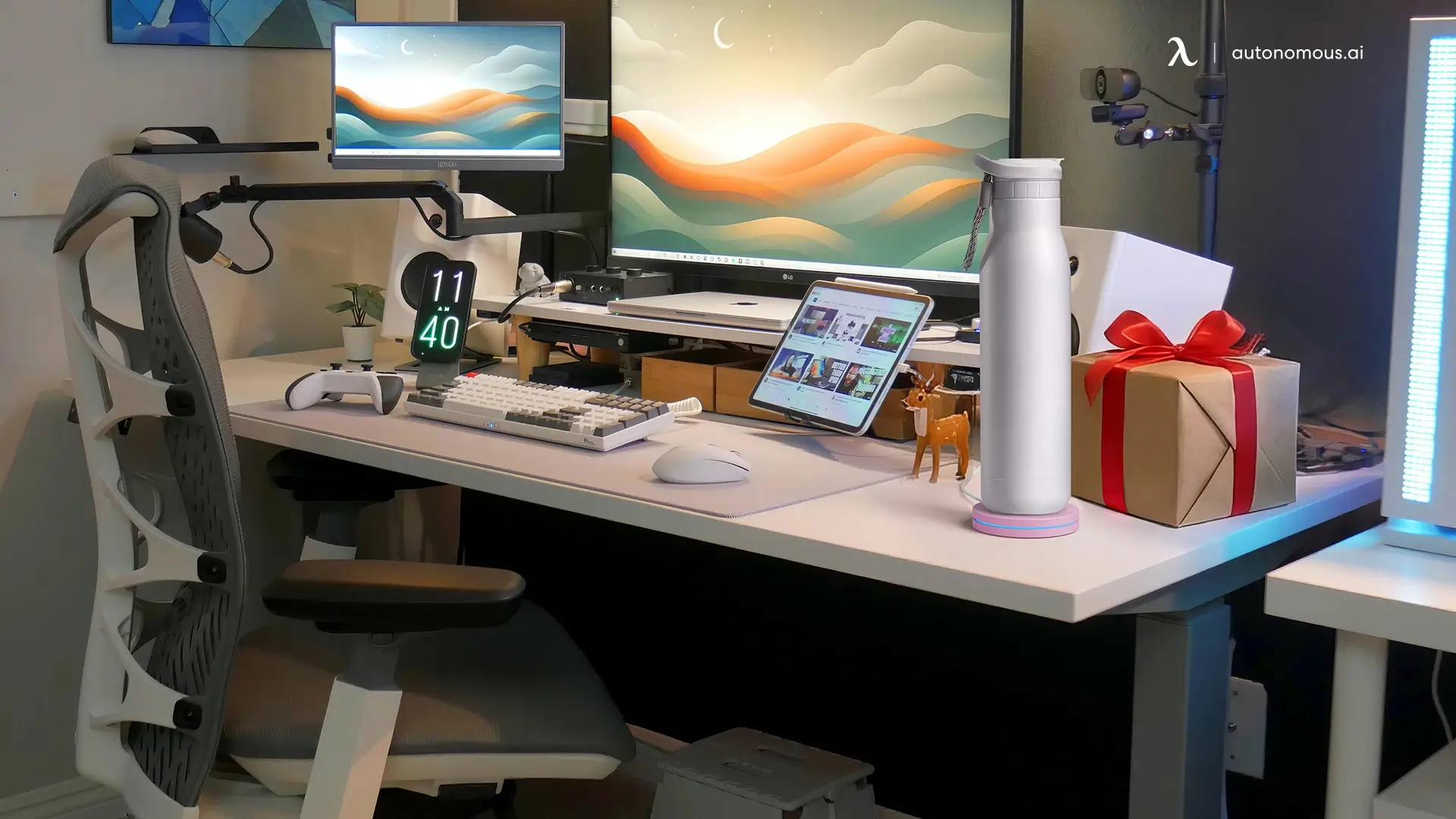
Best $20 Christmas Gifts That Don’t Feel Cheap at All
Latest Updates | Dec 6, 2025 310 views

Best Office Christmas Tree Ideas for Every Workplace
Latest Updates | Dec 7, 2025 620 views
.svg)
